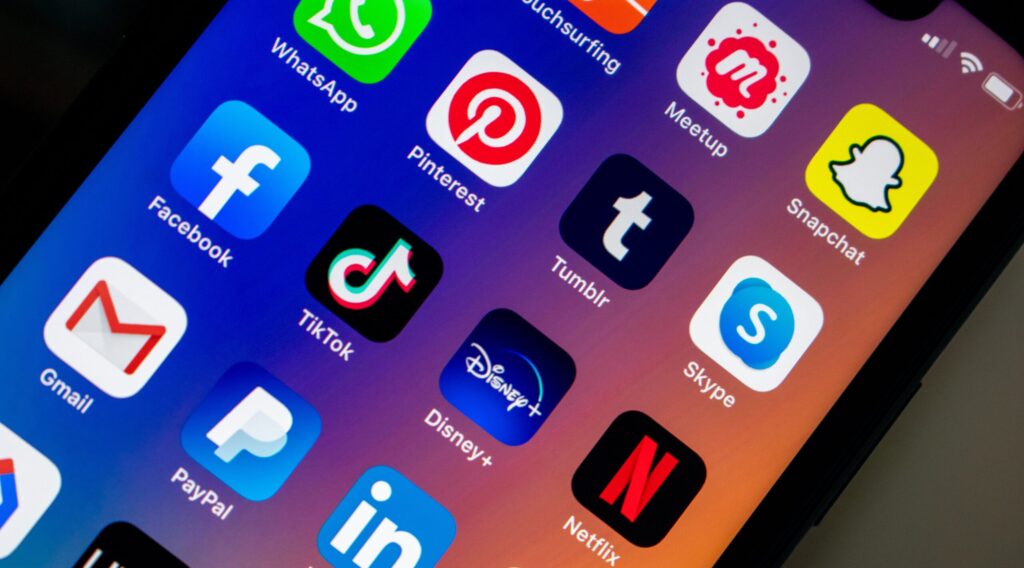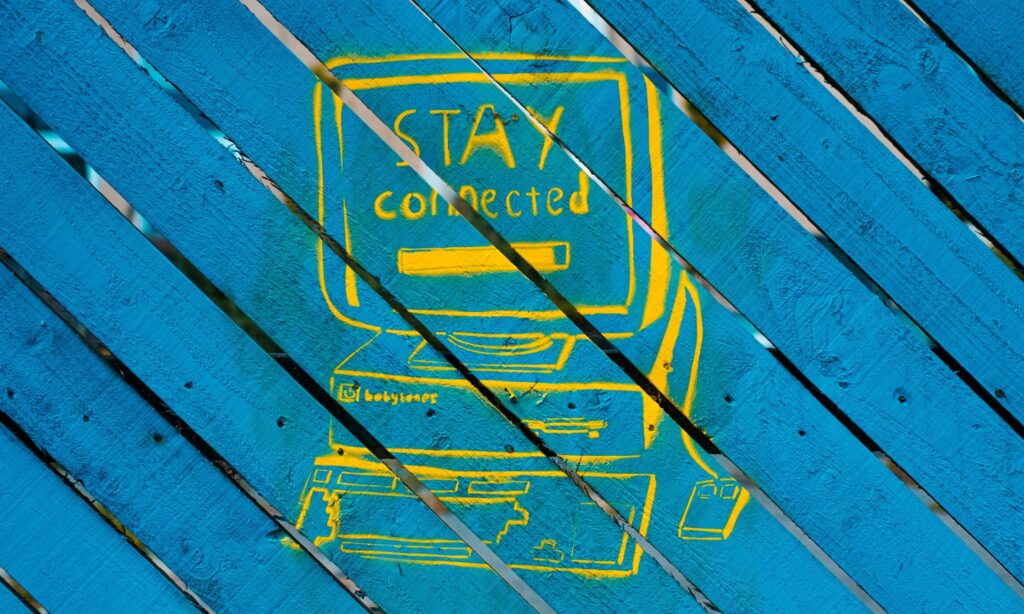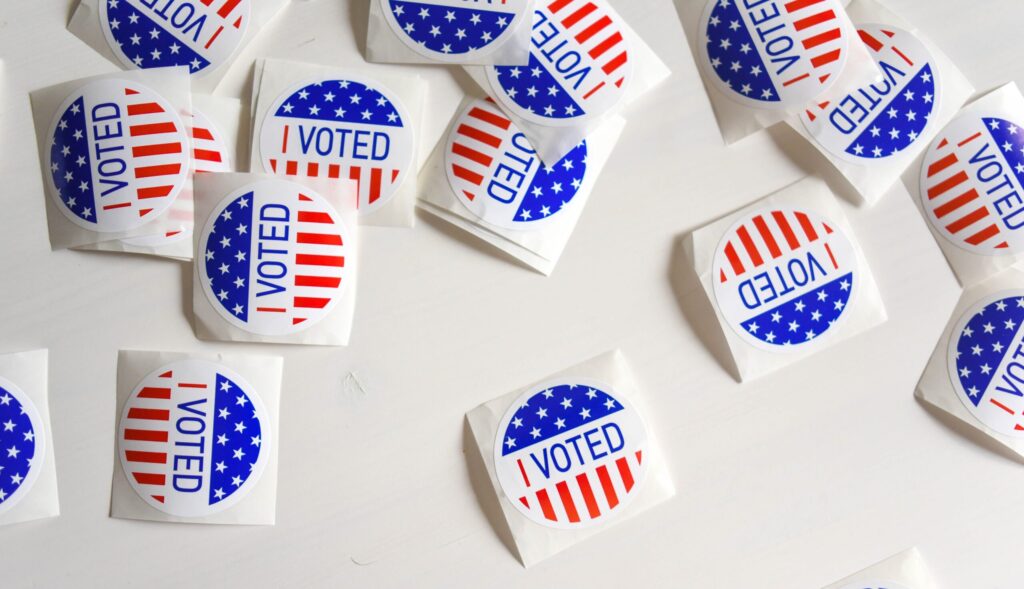In the wake of the COVID-19 pandemic, many of the rules surrounding politics have changed. With social distancing measures and shelter-in-place orders, it has become increasingly difficult to hold in-person events, and this has only prompted communication via social media channels to become an accepted norm.
Even announcements to run for President have been made via social media rather than through conventional speeches (cue the tweet that Kanye West sent out on Independence Day). The wait leading up to Kanye’s announcement was particularly agonizing, to say the least, considering that he had declared his intention to contest in the 2020 Presidential Elections five years ago during the MTV Video Music Awards.
Jokes aside, many Gen Z and millennials — being the tech-savvy generation they are — have increasingly taken to social media platforms to elicit information.
According to the Reuters Digital News Report 2020, 26% of Americans aged 18-24 have used Instagram as a source of news about the coronavirus pandemic, while 14% and 11% have turned to Snapchat and TikTok respectively.

But misinformation on social media has been a prominent issue in recent times, and the threat it poses will likely increase in significance as polling day for the Presidential Elections rolls around. Most recently, Twitter has been at the forefront of news reports on the responsibility that social media platforms have in filtering information shared by political leaders. The social media giant has issued several warning labels to incumbent President Donald Trump’s tweets, though this move has also generated accusations that Twitter has been biased towards censoring conservative views.
Facebook recently also stepped up its censoring practices by flagging comments and pages which it deems to have violated guidelines and are at risk of spreading misinformation.
This is arguably changing the way in which politics is being conducted. While information policing by social media sites could raise our attention towards potentially inaccurate or even harmful content, it also puts forth questions surrounding trust and accountability of these very sites. What measures are used to determine the type of content that is “inappropriate”? How transparent is the flagging process? What does “misinformation” even mean, and how much does it vary based on the discretion of the social media teams or experts who are given the important task of identifying and subsequently flagging posts?

In an interview with Forbes, Matt Ray from ChatterBlast Media shared, “Facebook and Twitter are not subject to the same rules and regulations as our radio or television airwaves.” If this is the case, then it is possible for political messages to be flagged due to the influence of perceptions and biases rather than adherence to a transparent set of guidelines. This is particularly concerning given that a political candidate’s post which has been flagged often gains more negative than positive attention, which indicates the sway that a simple warning or label holds over users of that social media platform.
While this problem isn’t necessarily specific to Gen Z and millennials (psychology, after all, is not bound by age), this age group does take up a large proportion of the space on social media sites.
Beyond actions taken to prevent the spread of misinformation, social media has also empowered Gen Z and millennials by providing them with the tools necessary to engage in political action. For instance, many TikTok users and K-pop fans boycotted Trump’s recent rally in Tulsa by failing to show up despite registering for tickets. While this incident was likely not the sole reason for the poor turnout at the rally, it also highlighted the power of social media when placed in the hands of youths.

But it’s not only citizens who have harnessed the power of social media. As the unofficial colonizer of Twitter, Trump’s tweets have only strengthened his ability to live rent-free in our minds with his pithy statements and capitalized texts. Presidential hopeful Joe Biden, on the other hand, has yet to establish a strong social media following, which could hamper his effectiveness in conveying messages and ideas, especially during an era where online activity has replaced a great deal of in-person interactions thanks to the pandemic.
How the two Presidential hopefuls might benefit from or be implicated by social media remains to be seen. In fact, the extent of influence of social media sites over politics remains to be determined, and will likely change over time.
But one thing is for sure: Social media has changed the way that politics is being conducted and considered. Long speeches are being relegated to the lonely abyss of unread texts, while zinger hashtags are being boosted to the top of feeds. Statistic-filled reports that would have once been viewed as meaty and substantial are now tedious and verbose, cast aside in favor of attention-grabbing videos (and better yet if they can be repurposed into Insta-worthy memes).
For better or worse, change has come. And it’s here to stay.
Cover Image by William Iven
About the Author
You may also like
-
Find Your Third Place at an Independent Cafe
-
Lattes & Confessions: Why Cafes Are the New Third Place
-
6 Social Clubs for Black Professionals to Hang Out, Network, and Enjoy Their Free Time
-
Easy Activities to Bond with Loved Ones Around the Holidays
-
Identifying Corporate Sustainability You Can Actually Trust

